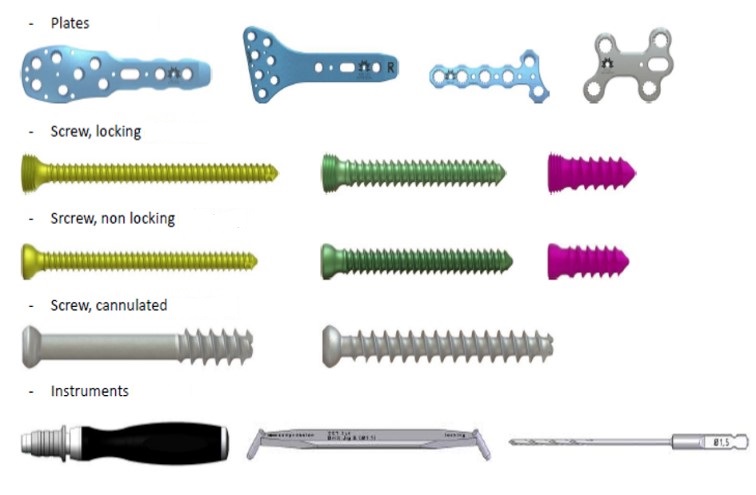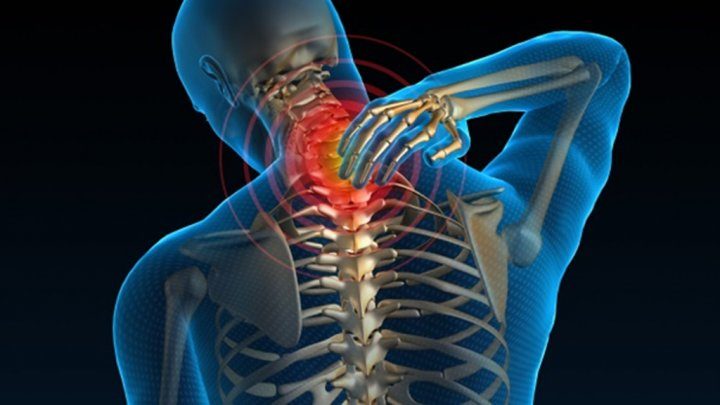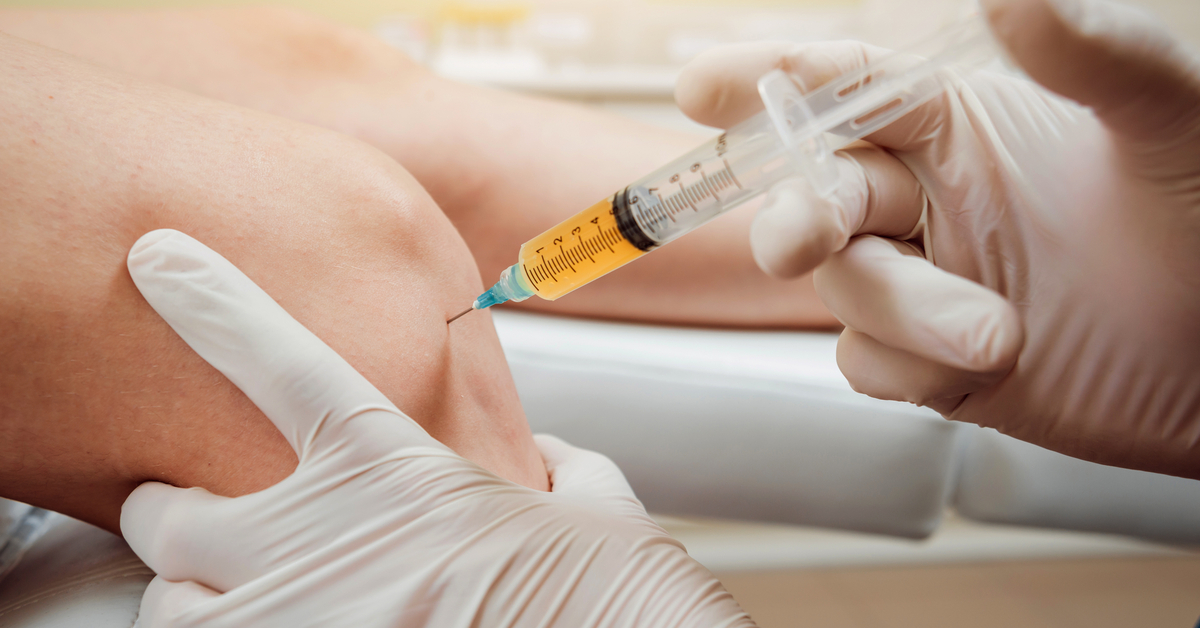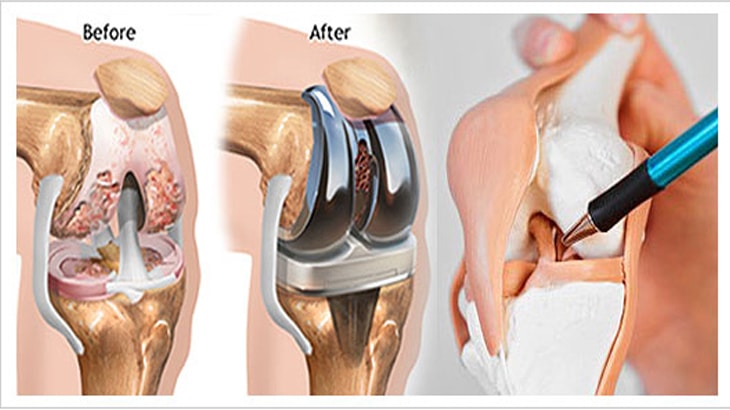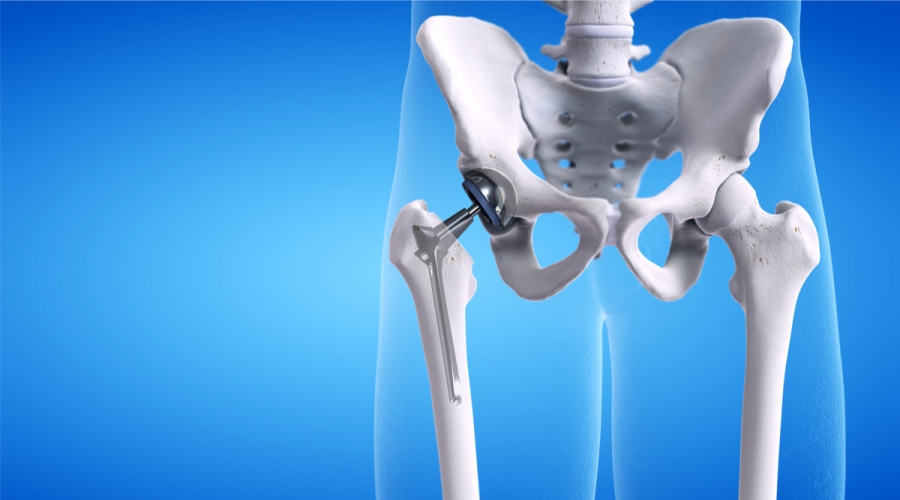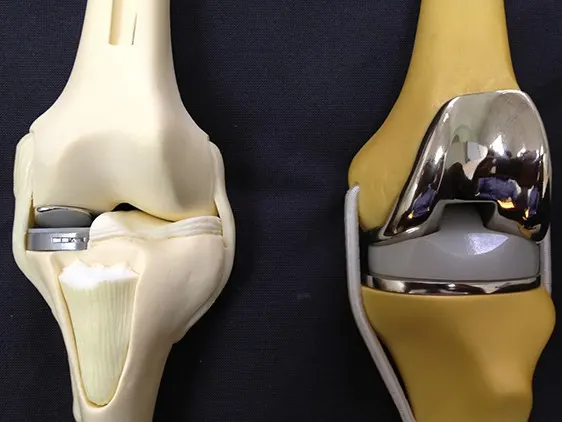Get to know the best orthopedic surgeon for hip replacement surgery in Egypt and the main reasons leading to its fracture!
The best orthopedic surgeon for hip replacement surgery in Egypt. Hip replacement is a critical and precise procedure that requires a skilled doctor to perform. We will assist you in finding the best doctor in Egypt for this operation. Additionally, we will shed light on the significance of the hip joint, the reasons behind its fracture, the procedure itself, and the results it yields.

The Best Orthopedic Surgeon for Hip Replacement Surgery in Egypt
Dr. Amr Amal is considered one of the top orthopedic surgeons in Egypt specializing in hip replacement surgery. Finding a skilled doctor like him in his field is challenging due to his extensive experience and high success rates in performing hip replacement surgeries. Dr. Amal is known for his excellent patient care and his dedication to providing the best medical attention. He constantly strives to use the latest techniques and tools to ensure the success of hip replacement surgery while tailoring the treatment to meet the patient’s needs.
Causes of Hip Fractures
Hip fractures are common injuries that occur among many individuals, as the hip bone connects the shoulder blade to the chest bones. There are several factors that can lead to a hip fracture, including:
- Falling onto the shoulder or extended arm.
- Birth injuries, often associated with difficult natural deliveries.
- Sports-related injuries, such as receiving a direct blow to the shoulder on the field, playground, or during skiing.
- Involvement in accidents, such as car, motorcycle, or airborne vehicle accidents.
Symptoms of Hip Fractures
Patients with hip fractures may experience the following symptoms:
- Severe, intolerable pain that worsens with shoulder movement.
- Swelling.
- Bruising may appear on the skin.
- An audible popping or cracking sound when moving the shoulder.
- Inability to move the shoulder, and stiffness may occur.
- In some cases, a bump may form above or near the shoulder.
In the case of a newborn suffering from a hip fracture, they may not be able to move their arm in the affected direction and may cry loudly if someone tries to move their arm.

Diagnosis of Hip Fractures
The clinical examination is relied upon for diagnosing a hip bone fracture, along with X-ray imaging to determine the location and type of the fracture. Anyone suspecting a hip bone fracture should immediately consult a doctor for an accurate diagnosis and to be informed about the appropriate treatment plan.
How Does a Hip Fracture Heal?
If the hip bone is fractured and the skin is broken, or if the bones are significantly displaced, an orthopedic surgeon will perform a procedure to realign the bones correctly and maintain their stability until the fracture heals. This can be achieved through internal fixation or open reduction. Additionally, the bones will be secured in their proper position after the hip fracture surgery using metal tools such as screws, nails, and plates. These metal components are typically not removed unless they cause skin irritation or discomfort to the patient after complete healing.
Causes of Swelling in the Hip Bone
There are several potential reasons for swelling in the hip bone itself, including the following:
- It may be one of the symptoms resulting from the healing of a fractured bone.
- A strong impact on the hip bone, such as a fall or a blow, can lead to bone fracture and noticeable swelling, along with severe pain.
- Metabolic processes can contribute to swelling.
- Enlargement of lymph nodes or bone cancer affecting the hip bone can lead to swelling.
- Swelling in the muscles connected to the hip bone, such as chest muscles, neck muscles, or shoulder muscles, can also cause swelling in the bone.
In this situation, it is advisable for the patient to consult a specialist for an accurate diagnosis and to receive appropriate treatment.
Complications of Hip Fractures
Most hip fractures heal completely without any issues, but there are some complications that can arise from neglecting fracture treatment, including:
- In rare cases, blood vessels or nerves may be injured if there is protrusion of the fractured ends of the hip bone. Therefore, immediate medical attention is necessary if the patient experiences numbness or tingling in their arm.
- Severe hip fractures may have slow or non-existent healing, and improper bone fusion may lead to shortening.
- A mass or lump may appear in the bone and form in the area where the fractured ends of the hip bone fuse together. This lump can be visible due to its proximity to the skin.
- Fracture of the joint connecting the hip bone to the shoulder blade increases the risk of developing osteoarthritis in the joint later on.
Non-Surgical Treatment of Hip Fractures
Any bone fracture must be stabilized for faster healing. Patients with a hip bone fracture need to wear an arm sling to immobilize the fractured hip bone. The duration of wearing the sling depends on the severity of the injury, with fracture healing taking approximately 3 to 6 weeks in children and 6 to 12 weeks in adults.
If a newborn suffers a hip bone fracture during childbirth, the fracture typically heals within two weeks, along with the use of antibiotics, pain relievers, and anti-inflammatory medications, while ensuring proper care and attention to the infant.
Non-surgical treatment for hip fractures also includes the use of over-the-counter pain medications or medications prescribed by a doctor, often containing pain relievers for several days. Additionally, the importance of physical therapy after starting treatment cannot be understated. It helps alleviate stiffness, improves joint mobility, and contributes to building strong muscles.
Installing a Plate in the Hip Bone
Trust in the expertise of Dr. Amr Amal for hip replacement surgery and experience unique and complete comfort.
In most cases of hip bone fractures, they are left to heal on their own, with the patient wearing an arm sling to provide minimal support and immobilize the bone until it stabilizes in its proper position. If the injury is severe, causing the hip bone to protrude through the skin, and the patient does not respond to conventional treatments, general anesthesia may be used, and a surgical procedure is performed to install a plate and screws into the hip bone to facilitate faster and more secure fracture repair.

How Long Does a Hip Fracture Surgery Take?
A hip replacement surgery typically takes between 60 to 90 minutes to perform, after which the patient goes to the recovery room until the effects of general anesthesia wear off. To fully recover after surgery, the patient may need a period of up to 8 weeks or more in adults and 6 weeks or longer in children.
Success Rate of Hip Fracture Surgery in Egypt
Experience a unique and astonishing result with hip replacement surgery performed by Dr. Amr Amal.
Hip replacement surgery in Egypt is known for its high success rates, which depend on the experience, skill, and competence of the surgeon, as well as the patient’s adherence to the doctor’s instructions, post-operative medical care, and the techniques used during the surgical procedure. For more details related to hip replacement surgery, we recommend reading the following article.
Tips After Hip Fracture Surgery
Here are some tips that a patient who has undergone hip fracture surgery should follow to accelerate the recovery process:
- The patient should take the medications prescribed by the doctor at the specified times and doses.
- It is essential for the patient to refrain from engaging in vigorous physical activities until the fracture heals completely.
- The arm should be immobilized using an arm sling, and the patient should minimize movement as much as possible.

Cost of Hip Fracture Surgery
The cost of hip fracture surgery in Egypt varies, typically ranging from 20,000 to 50,000 Egyptian pounds. The variation in cost depends on several factors, including the type of screws and plates used in the surgery, the severity of the patient’s injury, the surgical technique employed, as well as the experience, skill, and competence of the surgeon and the level of healthcare provided by the hospital.
Recovery Duration for Hip Bone Fracture
Don’t hesitate to benefit from Dr. Amr Amal’s expertise in hip fracture surgery and relieve the severe pain you’re experiencing.
The recovery duration for hip bone fracture can be somewhat prolonged after surgery. The doctor may use plates or screws to join the fractured bone pieces together to ensure proper healing. The patient may need to wear an arm sling for a period ranging from 6 to 8 weeks to stabilize the bone. Additionally, the patient should adhere to taking pain relievers prescribed by the doctor. It’s also possible that applying an ice pack to the area can help reduce swelling and alleviate pain.
Is Hip Fracture Surgery Dangerous?
Hip fracture surgery is a common and widely performed surgical procedure among many individuals. In this surgery, the doctor stabilizes the fracture in the hip bone using plates and screws. While it is considered a safe procedure, there can be some complications, such as difficulty achieving proper bone fusion in the area or the occurrence of lung injury as a potential side effect. To gain a detailed understanding of the risks associated with hip fracture surgery, we recommend reading this article.
How is Physical Therapy Done for Hip Fracture?
Patient adherence to a physical therapy program after undergoing hip fracture surgery is crucial for expediting recovery in the shortest possible time. The program begins immediately after the surgery and includes the following:
- In the first week following surgery, the physical therapist assists the patient in managing pain and swelling through simple exercises and gentle movements. During this time, the patient should wear a shoulder brace or support for added comfort and stability.
- In the following weeks post-surgery, the physical therapist gradually increases the training program.
- When about four weeks have passed since the surgery, the patient undergoes X-rays of the hip bone. If the X-rays show that the bone is in a stable and proper position, the doctor will assist the patient in achieving a full range of shoulder motion.
- After 6 to 8 weeks post-surgery, if the X-rays reveal complete healing of the hip bone, the physical therapist will focus on strength and resistance exercises.
Choosing a skilled doctor to perform the surgery is crucial, and you can read more about it here.

